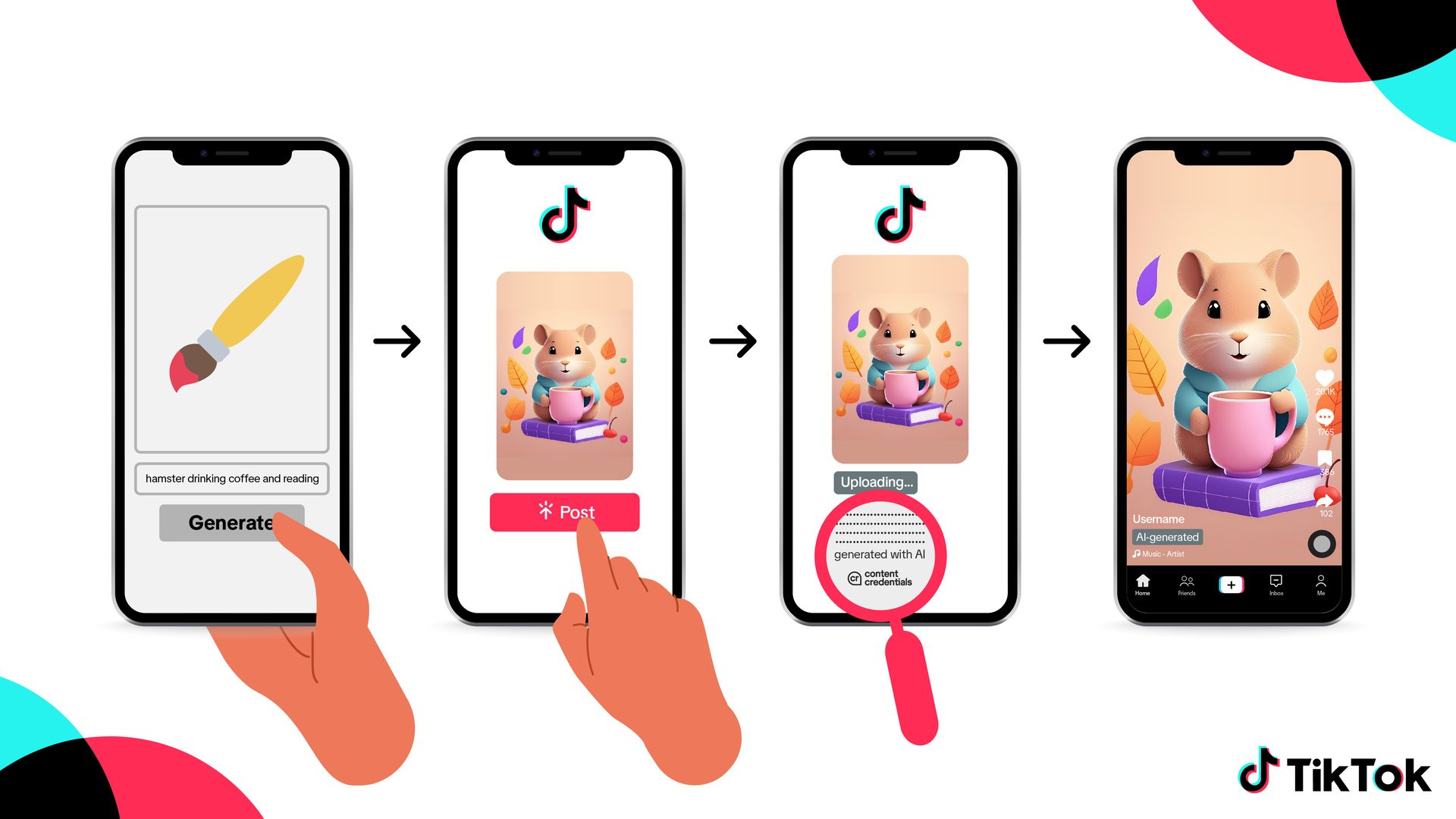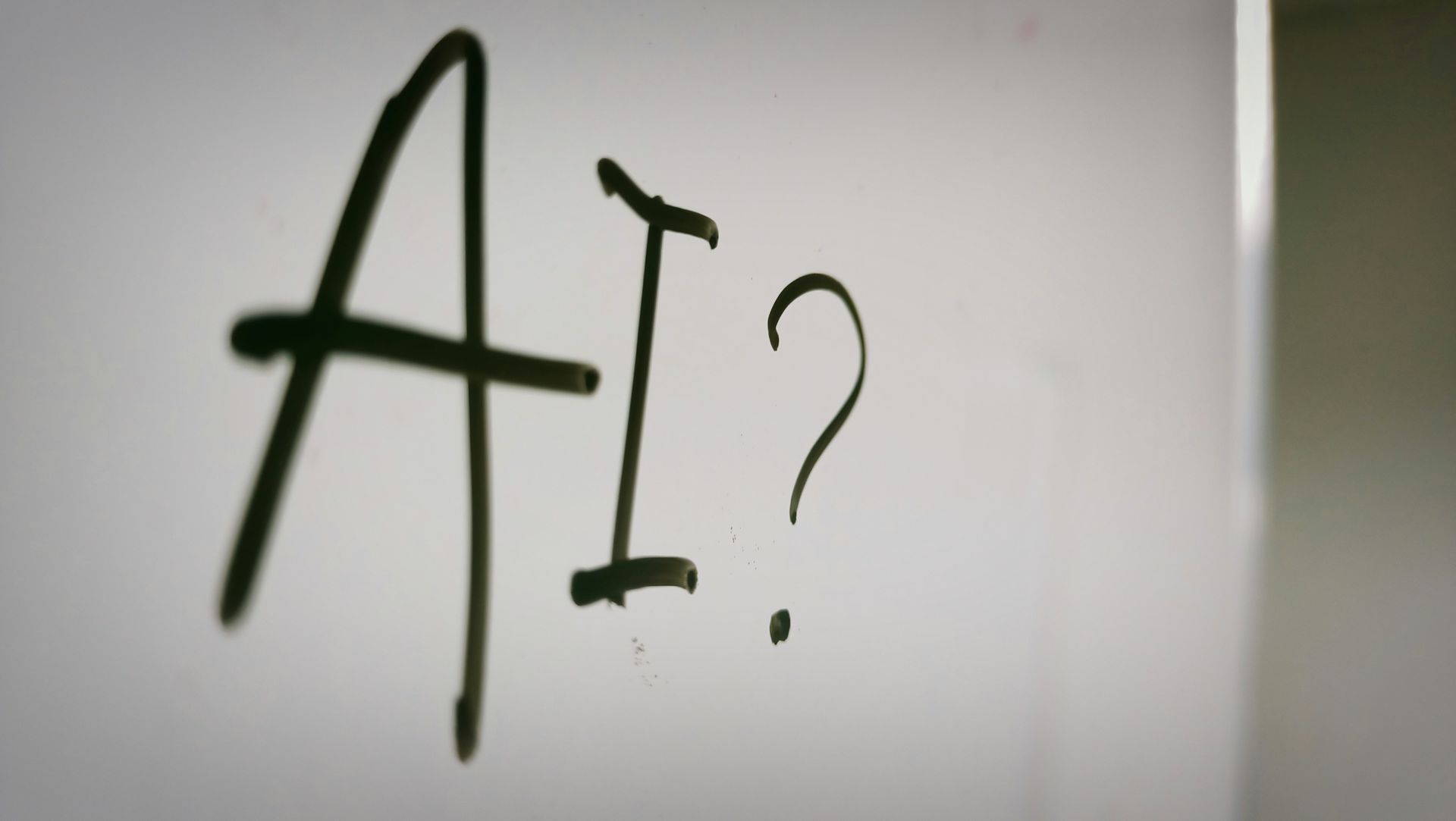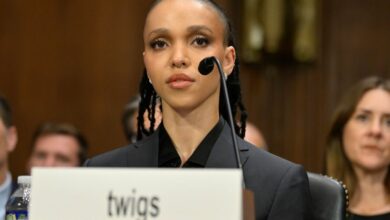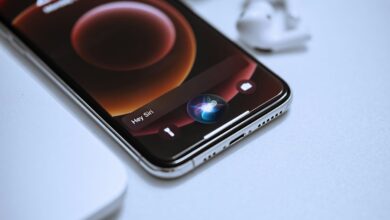TikTok Gets Real About Artificial Intelligence

Social media is constantly grappling with new trends and technologies. One area of particular focus lately is the rise of artificial intelligence (AI) and its increasing influence on the content we consume.
The ability to generate realistic photos and videos using AI has become more accessible in recent years. This has opened doors for creative expression but has also raised concerns about potential misuse.
Social media platforms are taking steps to address these concerns, with TikTok being at the forefront of this movement.

TikTok will start watermarking AI-generated content
TikTok has announced a new initiative to identify content created using AI tools. This initiative involves embedding watermarks within AI-generated content. These watermarks will act as subtle indicators, informing viewers that what they’re watching isn’t entirely authentic.
“AI enables incredible creative opportunities, but can confuse or mislead viewers if they don’t know content was AI-generated,”
– TikTok
The move comes as TikTok, like many other social media platforms, strives to combat the spread of misinformation and disinformation. AI-generated content can be incredibly convincing, blurring the lines between reality and fabrication.
By implementing watermarks, TikTok aims to increase transparency and empower users to make informed decisions about the content they encounter.
Second time is the charm
This isn’t the first time TikTok has addressed AI-generated content on its platform. The platform already identifies content created using its own AI effects tools. The new watermark system, however, expands this approach by working with a digital watermarking system called Content Credentials.
This system has the potential to detect AI-generated content from a wider range of sources, including external tools like those offered by Microsoft, Adobe, and OpenAI.
Why watermarks?
The decision to utilize watermarks for AI-generated content is a significant one with potential implications for both content creators and consumers. It’s important to understand the reasoning behind this approach.
A core aspect of TikTok’s strategy is to combat misinformation. AI-generated content can be manipulated to appear genuine, potentially misleading viewers. Watermarks can help to counter this by providing a clear visual cue that the content has been artificially created. This allows users to approach the content with a more critical eye and assess its validity.
Furthermore, watermarks can foster a more transparent environment on the platform. By identifying AI-generated content, creators are held accountable for the source of their material. This can help to build trust with viewers and ensure a more authentic user experience.

The impact of watermarks on content creation remains to be seen. It’s possible that some creators who rely on AI tools may be discouraged by the potential for decreased engagement. However, the increased transparency could also lead to a shift in user preferences, rewarding creators who focus on originality and authenticity.
Looking ahead, it will be interesting to see how other social media platforms respond to this development. Will similar watermarking systems become commonplace? How will content creators adapt their strategies in light of these evolving practices?
As AI technology continues to develop, social media platforms will undoubtedly face new challenges and opportunities. The approach taken by TikTok serves as a starting point for a crucial conversation about the role of AI in shaping the content we consume online.
Featured image credit: Igor Omilaev/Unsplash



